On April 14th, I presented the Distributed WLAN monitoring at the Mobility Field Day 1 event.Mobility Field Day is a two-day live-streamed event on wireless mobility organized by Stephen Foskett and his group.
In my presentation, I first talked about the differences between centralized and distributed network monitoring. In centralized network monitoring, we generally have one individual SNMP poller that regularly queries routers, switches, access points to collect MIB information.
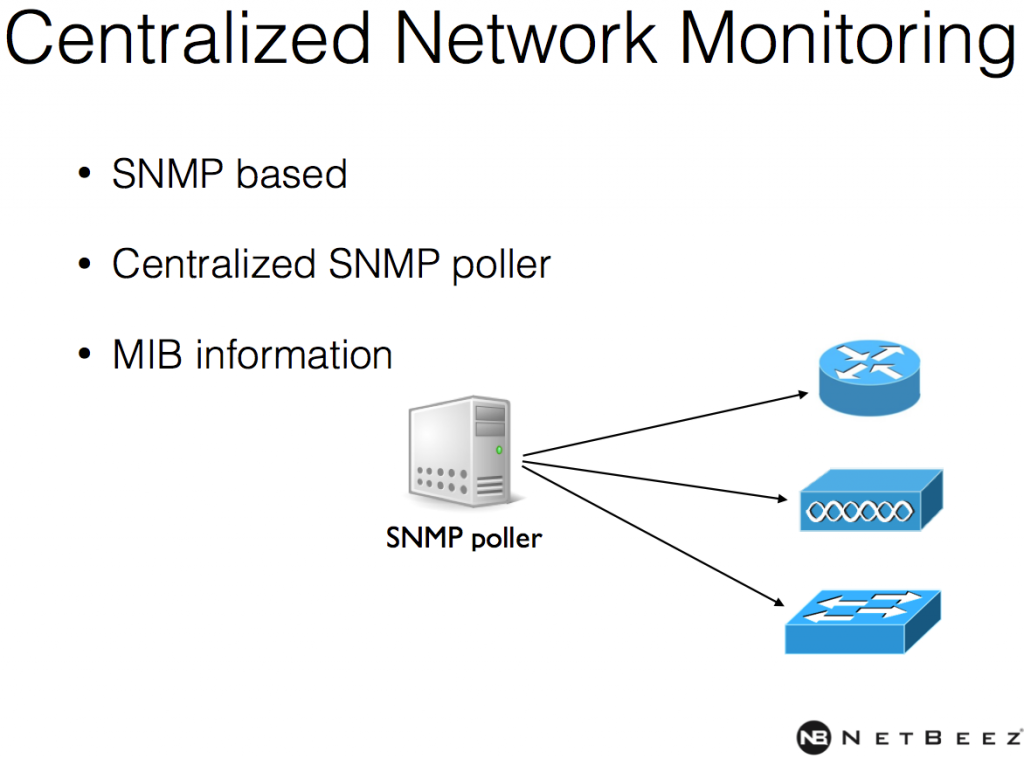
While this method is appropriate for determining the status of the network infrastructure itself, it’s not sufficient for determining whether remote users can connect to Internet or intranet applications and what the application response time is. The reason is simple. Enterprise networks are evolving from traditional hub-and-spoke design, where all remote offices were connected back to the data center via leased lines and would share one common Internet connection.
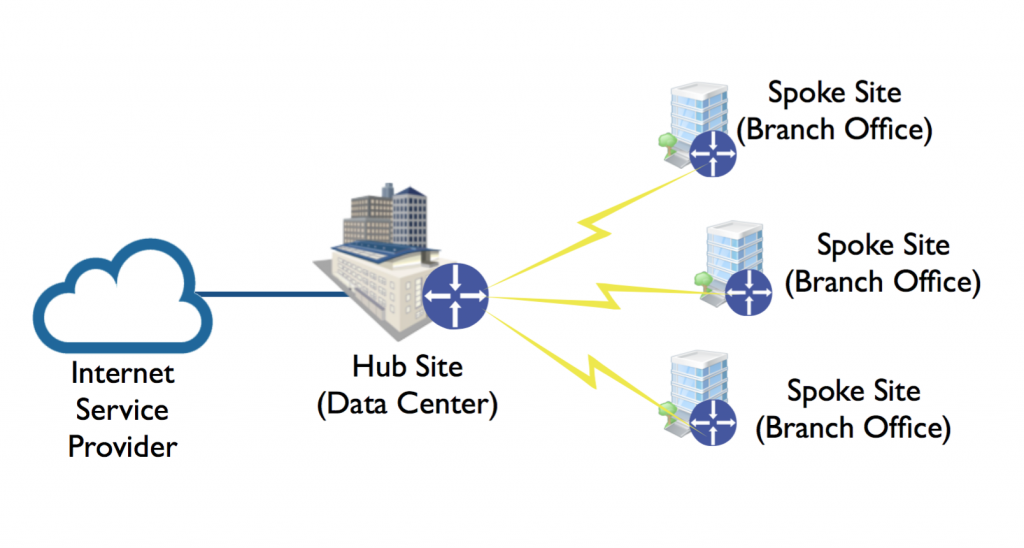
Nowadays, more and more enterprises are connecting remote sites with VPN tunnels on top of regular Internet connections, saving considerable amounts of money.
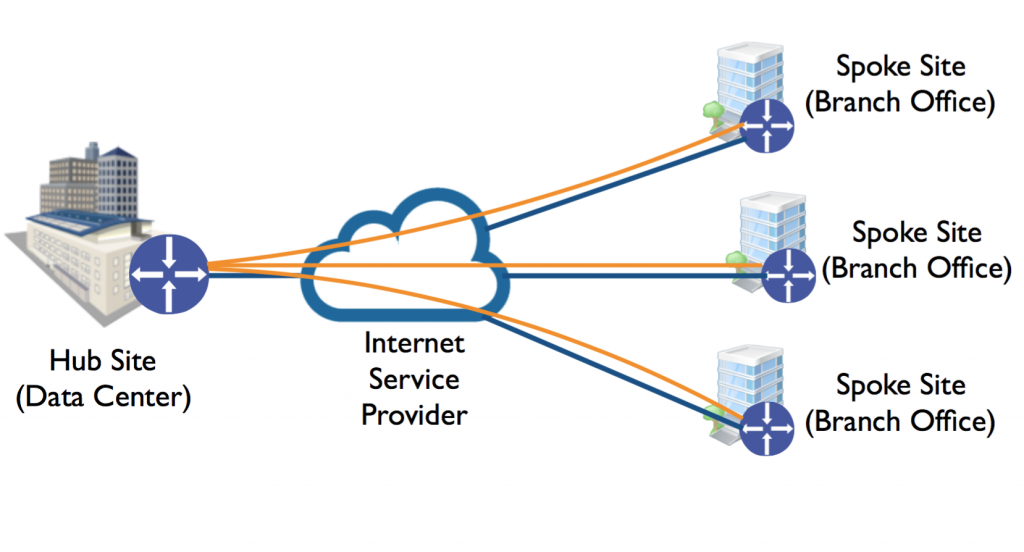
Problem is that, with this setup, an individual and centralized monitoring server at the data center cannot detect connectivity and performance issues that remote users are experiencing.
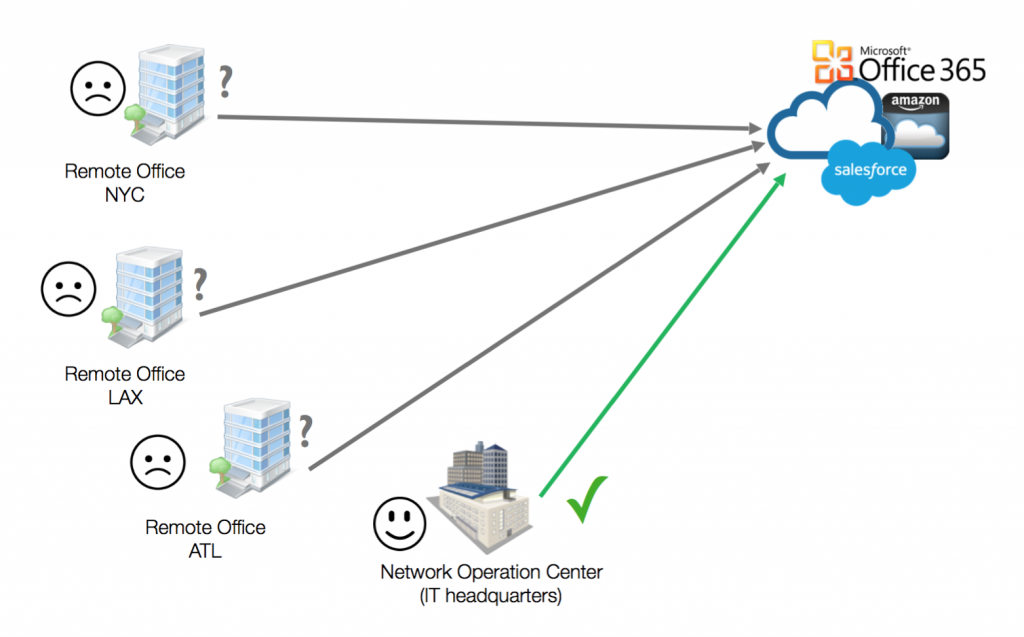
The solution is distributed network monitoring! In this scenario, the network engineer deploys hardware or software agents at each remote location to continuously verify network connectivity and application performance.
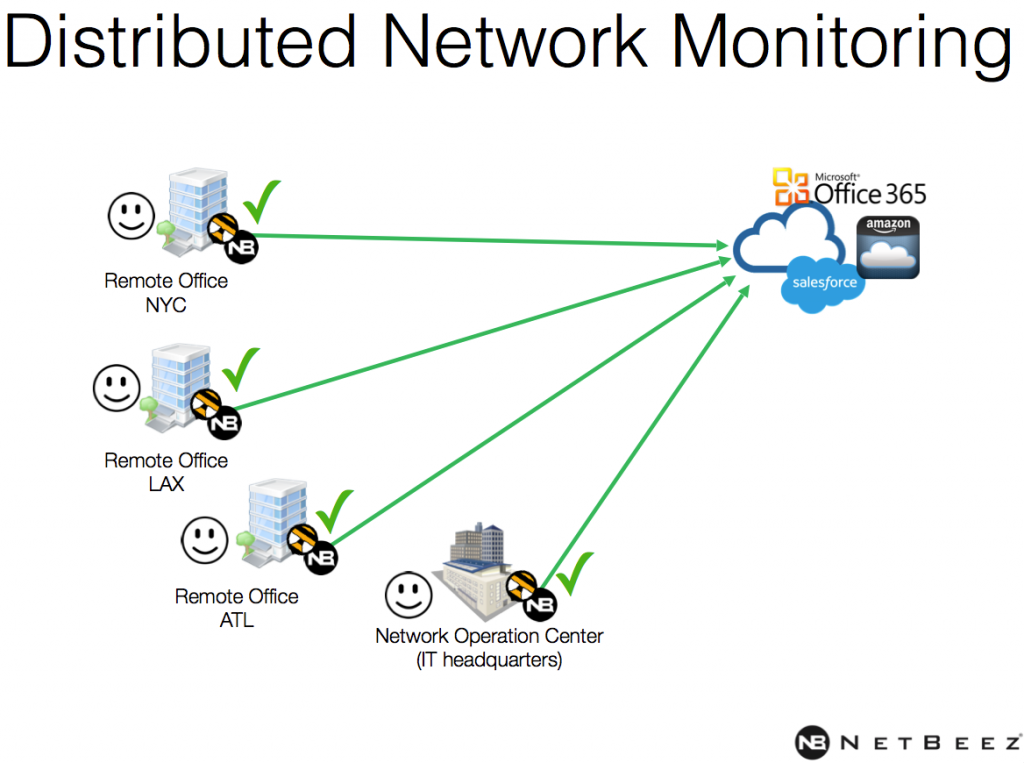
So what’s the use case for distributed network monitoring in a wireless metropolitan area network?
If we take the case of wireless mesh networks, you have a set of access points that wirelessly route packets. Also, only few nodes have an uplink to external networks, like the Internet, and oftentimes one packet has to traverse many access points before reaching a more stable, wired connection.

For this reason, common challenges of wireless mesh networks are:
- Connectivity and reachability
- Performance
- Service continuity
Distributed network monitoring has a great use case in wireless metropolitan area networks. If you manage a wireless mesh network, you can be proactively aware of many problems that will affect your end users.
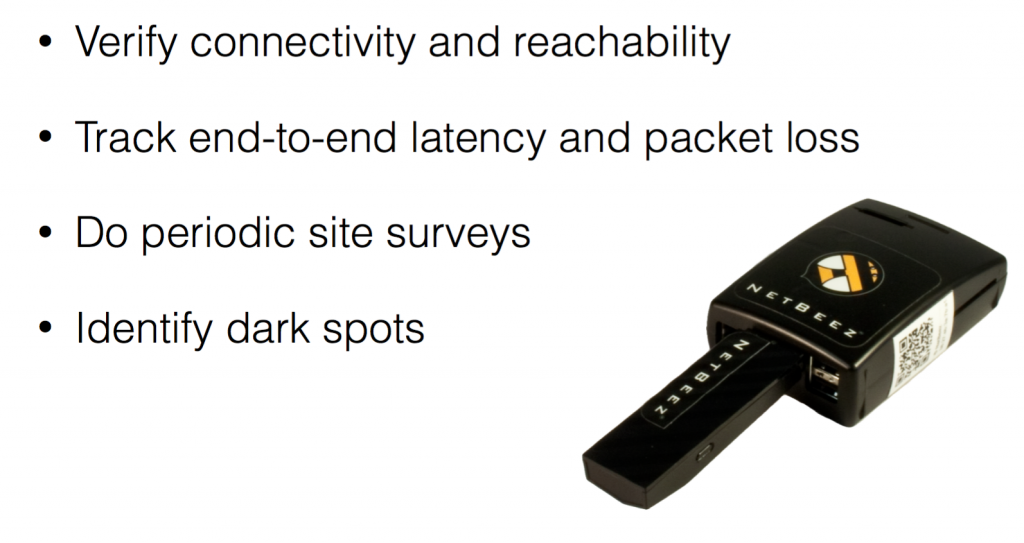
To do this is pretty simple: once you have deployed wireless agents in key areas of your mesh network, you can, for example, create the following monitoring targets:
Ping and traceroute tests
- Mesh nodes (access points)
- Internet gateways
- Internet destinations
DNS queries
- Using internal DNS servers
- Querying fully qualified domain names
HTTP tests
- Internal websites
- External websites
Periodic tests:
- Bandwidth (speedtest-cli)
- Iperf with UDP to obtain:
- Bandwidth
- Packet loss
- Jitter
Another benefit of having distributed wireless monitoring agents is that you can have real-time and historical information on signal strength and link quality, and see how network and application performance is related to these parameters.
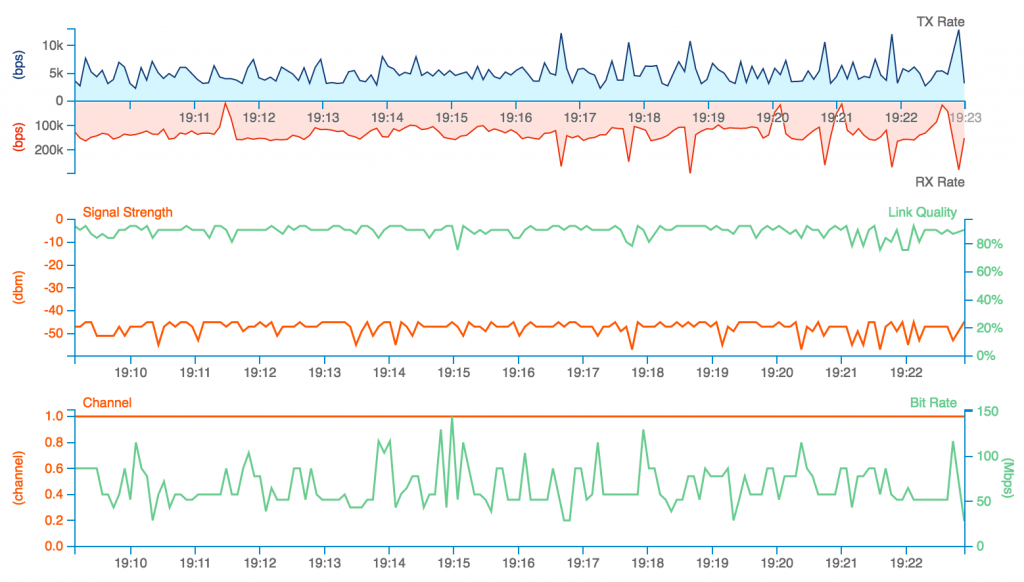
I hope that this blog post answers some questions about centralized and distributed network monitoring. I also hope that it provides some ideas on possible implementations of distributed network monitoring in wireless metropolitan area networks, specifically mesh networks.
Also, there are many interesting community-driven wireless mesh networks proliferating in the US and around the world. You can find plenty of information online on Wikipedia and via Google.
I would be very interested in hearing from wireless engineers or anyone that has worked in such an environment about your take on this topic. Also, connect with us if you want to learn more about WiFi monitoring in general.





